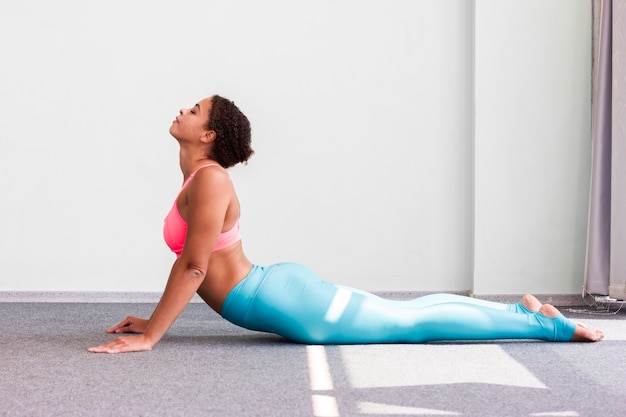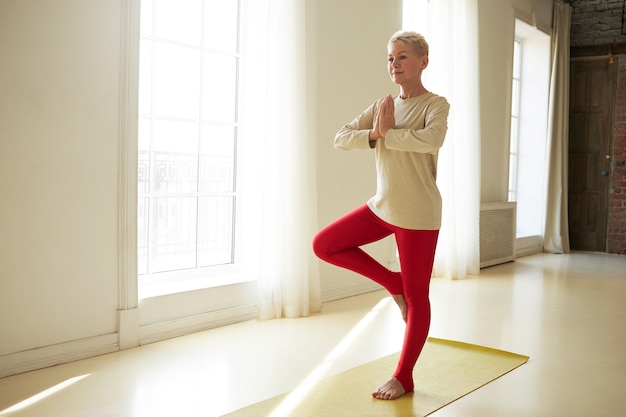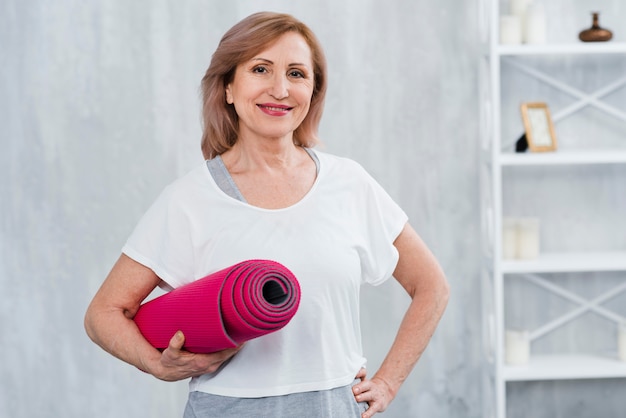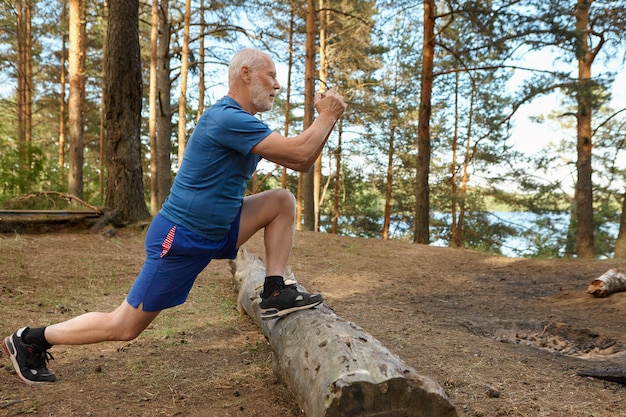As women enter their 40s and beyond, maintaining flexibility becomes more than just a fitness goal—it’s a cornerstone of long-term health, mobility, and quality of life. Hormonal shifts, decreased muscle mass, and lifestyle factors can make staying limber a challenge. But with the right approach, flexibility can not only be preserved but improved at any age.
This guide offers 10 coach-style tips tailored specifically for women over 40. Each includes form notes, practical modifications, and science-backed strategies to help you move with ease, prevent injury, and feel stronger every day.

Gentle daily stretching supports joint health and mobility.
Never stretch cold muscles. Begin with 5–10 minutes of light movement like marching in place, arm circles, or leg swings. Dynamic warm-ups increase blood flow and prepare your connective tissues for deeper stretching.
Form Note: Keep movements controlled—avoid bouncing. Modification: Perform seated if balance is a concern.
Flexibility gains come from regular, gentle effort—not pushing to the point of pain. Aim for 10–15 minutes daily rather than one long session weekly.
Coach Tip: Link stretching to a daily habit—like after brushing your teeth or during TV commercials.
Target hips, hamstrings, shoulders, and spine—areas that commonly tighten with age and sedentary habits. Include forward folds, hip openers, and thoracic spine rotations.
Form Note: In forward bends, bend your knees slightly to protect your lower back. Modification: Use a yoga strap or towel to reach your feet.

Use props to maintain proper alignment and avoid strain.
Gentle yoga and Pilates improve flexibility, core strength, and body awareness. Styles like Hatha, Yin, or Restorative are ideal for beginners over 40.
Coach Tip: Look for classes labeled 'gentle' or 'for mature adults' to ensure appropriate pacing.
Controlled breathing helps relax muscles and deepen stretches safely. Inhale to prepare, exhale as you ease into the stretch.
Form Note: Avoid holding your breath—this increases tension. Try a 4-count inhale, 6-count exhale pattern.
On rest days from strength or cardio, do light stretching or a 10-minute mobility routine. This enhances recovery and reduces stiffness.
Modification: Try a seated spinal twist or ankle-to-knee pose while reading or watching TV.
Blocks, straps, and bolsters aren’t signs of limitation—they’re tools for proper alignment and injury prevention.
Coach Tip: Place a block under your hand in a side stretch if you can’t reach the floor comfortably.

Props help maintain form and reduce strain on joints.
Years of sitting can lead to rounded shoulders and forward head posture. Counteract this with chest openers like doorway stretches and scapular squeezes.
Form Note: Keep your neck long during chest stretches—don’t crane your head forward.
Distinguish between productive tension and sharp pain. Flexibility work should feel like a gentle pull, not a strain.
Coach Tip: If a stretch causes joint discomfort, ease off or modify. Pain is a warning sign.
Strong muscles support flexible joints. Include bodyweight exercises like squats, planks, and resistance band work 2–3 times per week.
Why It Matters: Flexibility without strength can lead to instability—balance both for optimal function.
Improving flexibility after 40 isn’t about achieving perfect splits or advanced poses. It’s about feeling more comfortable in your body, moving with confidence, and supporting long-term independence.
Start small, stay consistent, and celebrate every improvement—your future self will thank you.

Wellness

Wellness

Wellness

Wellness

Fitness

Wellness

Wellness

Fitness

Fitness

Fitness

Fitness

Fitness

Health

Fitness

Health

Health